Home>diy>Planning & Engineering>What Do Zoning Codes Mean
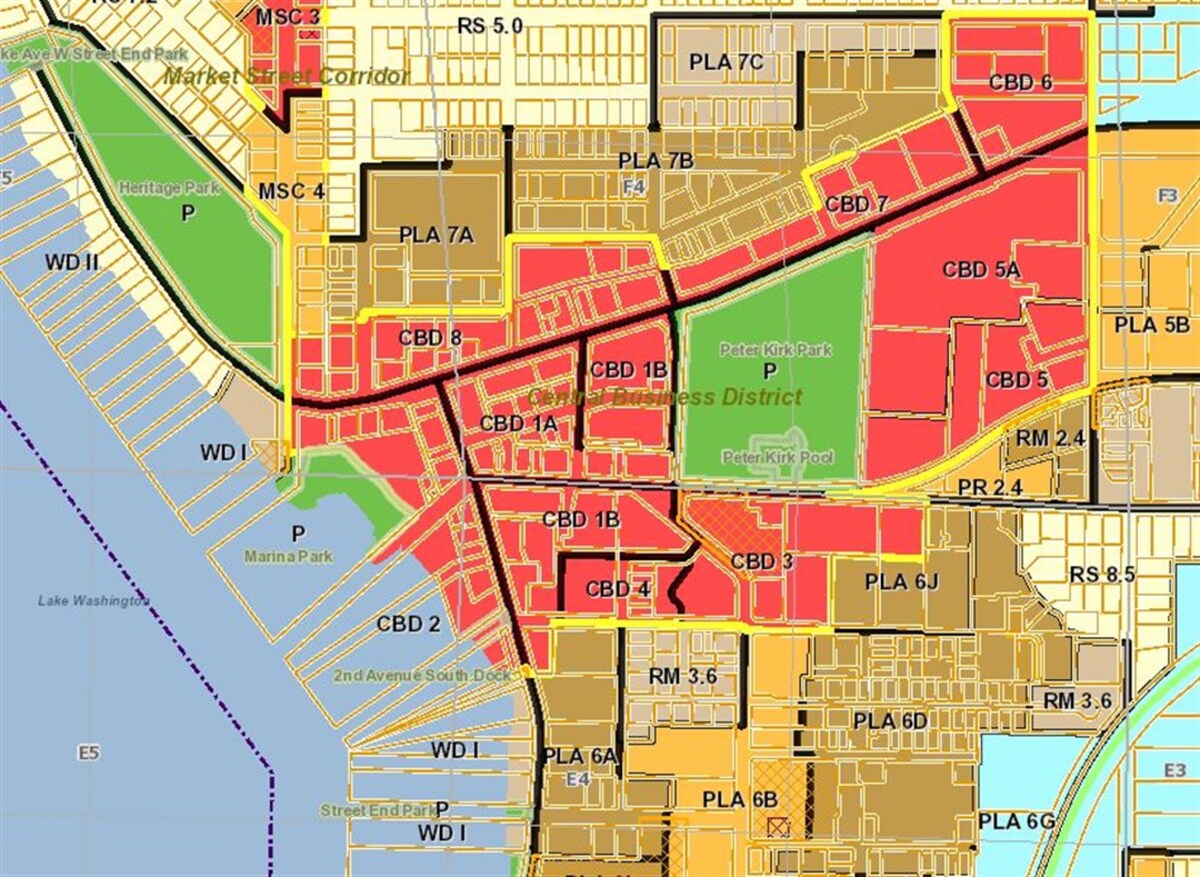

Planning & Engineering
What Do Zoning Codes Mean
Modified: January 9, 2024
Discover the meaning behind zoning codes in the field of planning engineering. Gain valuable insights into land use regulations and their impact on urban development.
(Many of the links in this article redirect to a specific reviewed product. Your purchase of these products through affiliate links helps to generate commission for Storables.com, at no extra cost. Learn more)
Definition of Zoning Codes
Zoning codes are a set of regulations and guidelines that dictate how land can be used and developed within a designated area. These codes are a fundamental tool used by local governments to control urban planning, land use, and development. Zoning codes divide cities and towns into different zones, each with its own specific set of rules and restrictions.
The primary objective of zoning codes is to ensure that there is a logical and harmonious arrangement of properties and activities within a community. By establishing zones for residential, commercial, industrial, and other types of land use, zoning codes help maintain the character, functionality, and overall quality of life in a particular area.
Zoning codes provide a legal framework that governs various aspects of land use, including building height and size, setbacks, parking requirements, signage, and even the types of activities that are allowed or prohibited. These regulations provide certainty and predictability to both developers and residents, as they know what can be expected in terms of the land use activities within their area.
Furthermore, zoning codes aim to promote public safety, protect property values, and prevent conflicts between incompatible land uses. For example, residential zones may restrict industrial activities to maintain a quiet and peaceful environment for residents. On the other hand, commercial zones may have restrictions on residential development to prevent potential conflicts between businesses and residents.
Overall, zoning codes play a pivotal role in shaping the physical environment of a community. They are designed to strike a balance between the needs and desires of the community, while also considering the economic and social factors at play. By providing a framework for orderly growth and development, zoning codes help create cohesive and vibrant communities that meet the needs of their residents.
Key Takeaways:
- Zoning codes are crucial for shaping communities, promoting safety, and preserving property values. However, they face challenges like inflexibility and exclusionary practices, prompting the need for adaptation and community involvement.
- Evolving trends in zoning codes prioritize inclusivity, sustainability, and vibrant communities. Form-based zoning, mixed-use development, and smart growth principles reflect a growing awareness of creating resilient and livable spaces.
Read more: What Does RM Zoning Mean
Purpose and Importance of Zoning Codes
Zoning codes serve several key purposes that are essential for maintaining orderly and sustainable development within a community. Understanding the purpose and importance of zoning codes is crucial for both residents and developers alike.
One of the primary purposes of zoning codes is to protect the health, safety, and welfare of the community. By designating different zones for specific land uses, such as separating residential areas from industrial zones, zoning codes help prevent potential hazards, conflicts, and nuisances. For example, ensuring that heavy industrial operations are located away from residential areas helps protect residents from noise, pollution, or other health risks associated with such activities.
Zoning codes also contribute to maintaining and enhancing property values. The regulations set forth in zoning codes are designed to promote compatible development and protect the character of different areas within a community. By upholding specific standards for building size, setbacks, landscaping, and other aesthetic considerations, zoning codes help prevent the development of properties that may detract from the overall visual appeal and desirability of the neighborhood.
Another key purpose of zoning codes is to promote efficient land use and infrastructure planning. By designating specific areas for residential, commercial, industrial, and other uses, zoning codes help ensure that land is utilized in a manner that aligns with the community’s goals and objectives. This strategic allocation of land encourages the efficient provision of services such as transportation, utilities, and public amenities.
Furthermore, zoning codes play a significant role in managing community growth and development. They provide a framework for ensuring that new developments are compatible with the existing character and scale of the surrounding area. This helps maintain the integrity and identity of neighborhoods and preserves the unique architectural and historical features that contribute to a community’s sense of place.
Zoning codes also enable local governments to implement long-term planning goals and strategies. They provide a mechanism for communities to shape their future by guiding the distribution and intensity of land uses. For example, zoning codes may include provisions to encourage mixed-use developments, promote sustainable building practices, protect natural resources, or incentivize affordable housing options.
Overall, the importance of zoning codes cannot be overstated. They provide a comprehensive framework for managing land use, development, and growth within a community. By protecting public health and safety, preserving property values, promoting efficient land use, and guiding future development, zoning codes play a crucial role in creating vibrant, livable, and sustainable communities for residents and businesses.
Types of Zoning Codes
Zoning codes categorize different areas of land within a community into specific zones, each with its own set of rules and regulations. These zones are designed to accommodate various land uses and ensure compatibility between neighboring properties. While specific zoning categories may vary between jurisdictions, there are several common types of zoning codes found in most communities.
1. Residential Zoning: Residential zoning is the most common type of zoning code and is intended for housing purposes. It typically includes different sub-categories based on factors such as lot size, building height, and density. Residential zones are further classified into single-family, multi-family, and mixed-use zones, allowing for different types and intensities of residential development.
2. Commercial Zoning: Commercial zoning is designated for commercial activities such as retail stores, offices, and services. It accommodates a wide range of businesses and commercial uses. Commercial zoning may also have sub-categories, such as neighborhood commercial, general commercial, and central business district, with varying restrictions on building size, signage, and parking requirements.
3. Industrial Zoning: Industrial zoning is intended for heavy manufacturing, warehousing, and industrial activities. These zones often have strict regulations due to the potential for noise, pollution, and traffic associated with such operations. Industrial zoning may include sub-categories like light industrial, heavy industrial, or research and development zones, each with their own specific requirements.
4. Agricultural Zoning: Agricultural zoning is designed for farming and agricultural activities. These zones typically have restrictions on the type and intensity of land use, ensuring the preservation of agricultural land and protecting rural character. Agricultural zoning may have provisions for different types of agriculture, such as livestock farming, crop cultivation, or agri-tourism.
5. Open Space and Recreation Zoning: Open space and recreation zoning is designated for preserving natural areas, parks, and recreational activities. These zones prioritize the conservation of green spaces, wetlands, and environmental resources, providing residents with access to outdoor recreational facilities and opportunities for leisure activities.
6. Historic Preservation Zoning: Historic preservation zoning aims to protect and preserve historic buildings, landmarks, and districts. These zoning codes often have strict regulations to maintain the architectural integrity and historical significance of designated areas, promoting the heritage of a community.
7. Special Purpose Zoning: Special purpose zoning is established to accommodate unique land uses that do not fit within the standard zoning categories. Examples of special purpose zones include airport zones, hospital zones, educational institution zones, and religious institution zones. These zones have specific regulations tailored to the requirements of the respective institutions.
It is important to note that zoning codes can vary significantly between jurisdictions, and some communities may have additional or specialized zoning categories based on their specific needs and goals. The purpose of zoning codes is to provide a comprehensive framework for managing land use and ensuring compatibility between different activities within a community.
Components of Zoning Codes
Zoning codes consist of several key components that outline the rules and regulations governing land use and development within a community. These components serve as the foundation for maintaining orderly growth and ensuring compatibility between different land uses. While specific components may vary between jurisdictions, there are key elements commonly found in most zoning codes.
1. Zoning Map: The zoning map is a graphical representation that divides a community into different zones based on land use categories. It visually illustrates the boundaries and locations of residential, commercial, industrial, and other zoning districts. The zoning map provides a clear and easily understandable guide for identifying the allowed land uses within specific areas.
2. Zoning Districts: Zoning districts are the designated areas within a community that have specific rules and regulations governing land use. Each zoning district is established for a particular purpose, such as residential, commercial, or industrial use. The zoning districts define the types of activities permitted, the allowable building sizes, and the required setbacks and buffers.
3. Use Regulations: Use regulations specify the types of activities that are allowed or prohibited within each zoning district. They outline the permitted uses, such as residential dwellings, offices, retail stores, manufacturing facilities, or parks. Use regulations also include restrictions on specific activities, such as noise levels, hours of operation, or outdoor signs.
4. Development Standards: Development standards define the specific requirements for constructing buildings and structures within each zoning district. They include regulations on building height, setbacks, lot sizes, building materials, parking requirements, and landscaping. Development standards ensure that new construction conforms to the desired character and compatibility of the neighborhood.
5. Overlay Districts: Overlay districts are additional zoning layers that overlay or modify the regulations of base zoning districts. They are established to address specific concerns or goals, such as historic preservation, environmental protection, or urban design. Overlay districts may have their own set of rules and guidelines that must be met in addition to the underlying zoning regulations.
6. Variances and Special Permits: Zoning codes often include provisions for variances and special permits, which allow flexibility in the application of zoning regulations. A variance may be granted when a property owner can demonstrate that strict adherence to the regulations would cause undue hardship. Special permits, on the other hand, allow certain land uses that may not be permitted by right but can be approved under specific conditions.
7. Administration and Enforcement: Zoning codes establish the administrative procedures and enforcement mechanisms for ensuring compliance with the regulations. This includes the creation of zoning boards, zoning officers, and review processes for permit applications and land use decisions. Enforcement mechanisms may include penalties for violations, inspections, and periodic reviews of compliance.
By incorporating these components, zoning codes provide a comprehensive framework for the orderly development and use of land within a community. They establish clear rules and guidelines, ensuring compatibility between different land uses and promoting the overall quality of life for residents.
Zoning Categories and Their Meanings
Zoning codes classify land into different categories, known as zoning districts or zones, each with its own specific regulations and permitted land uses. These zoning categories vary across jurisdictions, but there are common types that can generally be found in most communities. Here are some common zoning categories and their meanings:
1. Residential Zones: Residential zones are areas primarily designated for housing purposes. They are further divided into subcategories based on factors like lot size, housing density, and building height restrictions. Common residential zone categories include:
- Single-Family Residential: These zones predominantly consist of single-family dwellings, typically houses with one unit per lot.
- Multi-Family Residential: These zones allow for multi-family housing, such as apartment buildings, townhouses, or condominiums.
- Mixed-Use Residential: These zones allow for a mix of residential and commercial land uses, promoting a live-work-play environment.
2. Commercial Zones: Commercial zones are designated for commercial activities, such as shops, offices, and services. These zones accommodate a range of businesses, and specific regulations may vary based on the intensity of the commercial use. Common commercial zone categories include:
- Neighborhood Commercial: These zones cater to smaller-scale commercial activities, serving the immediate needs of local residents.
- General Commercial: These zones allow for a wider range of commercial activities, including retail stores, restaurants, and service providers.
- Central Business District: These zones are usually the heart of a city or town, allowing for a diverse mix of commercial, retail, and office developments.
3. Industrial Zones: Industrial zones accommodate manufacturing, warehousing, and industrial activities. They often have strict regulations due to potential noise, pollution, or other impacts on neighboring areas. Common industrial zone categories include:
- Light Industrial: These zones permit light manufacturing activities that have minimal impact on surrounding areas.
- Heavy Industrial: These zones allow for heavy manufacturing activities or storage of hazardous materials.
- Research and Development: These zones are designated for research facilities, laboratories, and technology or innovation-based businesses.
4. Agricultural Zones: Agricultural zones are designated for farming and agricultural activities. These zones aim to protect and preserve agricultural land while allowing for sustainable farming practices. Agricultural zone categories may vary depending on the type of agriculture encouraged in the region.
5. Open Space and Recreation Zones: Open space and recreation zones are designated to preserve natural areas, parks, and recreational activities. These zones emphasize the conservation of green spaces, wetlands, and environmental resources, promoting the enjoyment of outdoor spaces and recreational facilities.
6. Historic Preservation Zones: Historic preservation zones are intended for the protection and preservation of historic buildings, landmarks, and districts. These zones have strict regulations to maintain the architectural integrity and historical significance of designated areas. They often require special permits for any alterations to historically significant structures.
7. Special Purpose Zones: Special purpose zones are established to accommodate unique land uses that do not fit within the standard zoning categories. Examples of special purpose zones include airport zones, hospital zones, educational institution zones, and religious institution zones. These zones have specific regulations tailored to the requirements of the respective institutions.
It’s important to note that zoning categories can vary between jurisdictions, and some communities may have additional or specialized categories based on their specific needs and goals. These zoning categories help ensure that land is used in a manner that is compatible and appropriate for its designated purpose, creating a harmonious and well-planned community.
When researching zoning codes, be sure to understand the specific regulations for the area you are interested in. Zoning codes dictate land use, building size, and other important factors that can impact your property or development plans.
Read more: What Does Agricultural Zoning Mean
Impact of Zoning Codes on Land Use
Zoning codes play a significant role in shaping land use within a community. By establishing regulations and guidelines for different zones, zoning codes have a direct impact on how land is utilized and developed. Here are some key ways in which zoning codes influence land use:
1. Land Allocation: Zoning codes determine how land is allocated for various uses, such as residential, commercial, industrial, or open space. By designating specific zones for each land use, zoning codes help ensure that different activities are located in appropriate areas. This allocation helps prevent conflicts between incompatible land uses, promotes efficient use of resources, and enhances the overall quality of life within the community.
2. Density and Intensity: Zoning codes regulate the density and intensity of development within different zones. They specify factors such as setbacks, lot sizes, building heights, and floor area ratios. This control over density and intensity helps maintain the desired character and scale of each neighborhood, ensuring that development is compatible and harmonious with its surroundings.
3. Urban Form and Design: Zoning codes often include provisions for urban design and aesthetics. They may specify architectural styles, landscaping requirements, and building materials. These regulations help shape the physical appearance and visual character of a community, creating a cohesive and attractive urban form that enhances the overall ambiance and identity of the area.
4. Preservation of Natural Areas: Zoning codes can include provisions for the preservation of natural areas and environmental resources. They may create zones for open space, parks, and conservation, protecting valuable ecosystems, wetlands, or green corridors. These regulations prioritize the preservation and enhancement of natural features, promoting biodiversity and providing residents with access to recreational amenities.
5. Economic Development: Zoning codes can influence economic development within a community. By designating specific zones for commercial or industrial activities, zoning codes promote local business growth and job creation. They can encourage the establishment of business districts, retail centers, or industrial parks, attracting investments and stimulating economic activity while ensuring compatibility with adjacent land uses.
6. Traffic and Transportation Planning: Zoning codes consider the impacts of land use on transportation infrastructure. They may include requirements for parking spaces, sidewalks, bike lanes, and public transportation access. These regulations aim to minimize traffic congestion, promote alternative modes of transportation, and create walkable communities, reducing reliance on private vehicles and improving overall mobility.
7. Community Health and Safety: Zoning codes prioritize public health and safety considerations. They may include setbacks or buffer zones between industrial activities and residential areas to minimize potential hazards. Zoning codes can also address issues such as noise pollution, air quality, or the location of hazardous materials facilities, ensuring the well-being and protection of residents.
It is important to note that zoning codes are continuously evolving to adapt to changing needs and goals of the community. They are often shaped through public input, comprehensive planning, and the consideration of long-term growth and development strategies. The impact of zoning codes on land use is significant, as they provide a framework for creating sustainable, livable, and cohesive communities that meet the needs of residents and businesses.
Challenges and Criticisms of Zoning Codes
While zoning codes play a crucial role in managing land use and development, they are not without challenges and criticisms. Here are some of the key issues that are often associated with zoning codes:
1. Lack of Flexibility: One common criticism of zoning codes is the lack of flexibility they offer. Zoning codes are often rigid and static, making it challenging for communities to respond to changing needs or to accommodate innovative and sustainable development practices. This lack of flexibility can hinder urban revitalization efforts and discourage creative land use solutions.
2. Zoning Inefficiencies: Zoning codes are sometimes criticized for their inefficiencies and complexities. Codes can become overly intricate, making it difficult for developers, homeowners, and even government officials to fully understand and navigate them. This can lead to confusion and delays in the development process, hindering economic growth and stifling innovation.
3. Exclusionary Zoning: Some zoning codes have been accused of perpetuating socio-economic disparities through exclusionary practices. This occurs when zoning regulations are used to exclude certain types of housing, such as affordable housing, from certain neighborhoods. Such practices can perpetuate segregation and limit housing opportunities for low-income households.
4. Sprawl and Lack of Mixed-Use Development: Zoning codes that heavily emphasize single-use zoning can contribute to suburban sprawl and the fragmentation of communities. The separation of residential, commercial, and industrial uses can result in long travel distances, increased traffic congestion, and limited opportunities for mixed-use development. This can have negative implications for social cohesion, sustainability, and walkability.
5. Cookie-Cutter Approaches: Critics argue that zoning codes often employ a one-size-fits-all approach that may not take into account the unique characteristics and context of each community. This can lead to the replication of development patterns without considering the specific needs and desires of the residents or the unique qualities of the area. A lack of customized zoning solutions can result in generic and monotonous environments.
6. Lack of Inclusion and Community Input: Some zoning codes have been criticized for not adequately involving the community in the planning and decision-making processes. This can lead to a disconnect between the regulations and the needs and aspirations of the residents. Lack of community input may result in zoning codes that prioritize the interests of certain groups over others, leading to social inequality and resentment.
7. Inability to Address Complex Challenges: Zoning codes may struggle to address complex challenges such as climate change, sustainability, and affordable housing. The rigid nature of zoning can make it difficult to implement innovative practices that promote energy efficiency, promote sustainable design, or stimulate the production of affordable housing units. This can limit the ability of communities to respond effectively to pressing societal and environmental issues.
To address these challenges and criticisms, there is a growing movement towards more flexible and form-based zoning codes that prioritize a mix of land uses, promote compact and connected communities, and encourage community involvement in the planning process. By taking a more nuanced and inclusive approach, zoning codes can better reflect the needs and desires of the community while addressing complex and evolving challenges.
Evolving Trends in Zoning Codes
Zoning codes are constantly evolving to adapt to changing societal needs, economic trends, and environmental challenges. As communities seek to create more sustainable, inclusive, and vibrant neighborhoods, new trends in zoning codes have emerged. Here are some of the key evolving trends:
1. Form-Based Zoning: Traditional zoning codes often focus on separating land uses, but form-based zoning shifts the emphasis to the physical form and design of buildings and public spaces. This approach prioritizes walkability, connectivity, and the creation of aesthetically pleasing environments. Form-based zoning codes utilize design guidelines, building standards, and urban design principles to shape the experience and character of a place rather than solely focusing on land uses.
2. Mixed-Use Zoning: Mixed-use zoning aims to create vibrant communities by allowing for a blend of residential, commercial, and recreational uses within a single development or neighborhood. This trend encourages compact development, reduces the need for excessive commuting, and supports walkability. Mixed-use zoning facilitates a diversity of activities within close proximity, fostering social interaction, and promoting economic vitality.
3. Transit-Oriented Development (TOD): TOD zoning codes encourage development near public transportation hubs, such as train stations or transit corridors. These codes prioritize compact, walkable, and bike-friendly communities with well-designed transit connections. TOD zoning promotes urban density, reduces reliance on private automobiles, and supports sustainable transportation options.
4. Inclusionary Zoning: Inclusionary zoning policies are designed to address affordable housing challenges by requiring developers to include a certain percentage of affordable housing units in new residential developments or provide financial contributions towards affordable housing. Inclusionary zoning aims to create diverse and inclusive communities by providing housing opportunities for low-income households.
5. Sustainable and Green Building Standards: Zoning codes are increasingly incorporating sustainable and green building standards to promote energy efficiency, water conservation, and environmentally-friendly practices. This includes requirements for green infrastructure, stormwater management, renewable energy systems, and building materials with low environmental impacts. By integrating sustainable practices into zoning codes, communities can reduce their carbon footprint and mitigate the impacts of climate change.
6. Adaptive Reuse and Historic Preservation: Zoning codes are being revised to encourage the adaptive reuse of historic buildings and support the preservation of cultural heritage. These codes incentivize the redevelopment of underutilized historic structures by providing flexibility in land use regulations and streamlining the approval process. Adaptive reuse not only preserves architectural character but also boosts economic revitalization and promotes urban sustainability.
7. Smart Growth and Complete Streets: Zoning codes are increasingly aligned with the principles of smart growth and complete streets planning. Smart growth focuses on compact, mixed-use development, while complete streets prioritize the needs of pedestrians, cyclists, and public transportation users to create safe and accessible transportation networks. These concepts are integrated into zoning codes to promote sustainable transportation options, reduce reliance on cars, and enhance public spaces.
As communities continue to evolve, zoning codes will likely adapt to address emerging trends and challenges. The emphasis on form-based zoning, mixed-use development, sustainability, inclusivity, and the creation of vibrant, connected communities reflects a growing awareness of the importance of creating resilient and livable places. By continually refining and updating zoning codes, communities can shape their future and create spaces that meet the needs and aspirations of their residents.
Conclusion
Zoning codes are a fundamental tool used by local governments to shape land use, development, and the overall character of communities. They play a crucial role in managing growth, promoting public safety, and ensuring compatibility between different land uses. Zoning codes provide predictability and orderliness, while also safeguarding property values and preserving the quality of life for residents.
While zoning codes have made significant contributions to urban planning and development, they are not without challenges. Critics argue that zoning codes can be inflexible, overly complex, and exclusionary. There is a growing recognition of the need to address these criticisms and adapt zoning codes to meet the changing needs and aspirations of communities.
As communities strive to create sustainable, inclusive, and vibrant spaces, evolving trends in zoning codes have emerged. These trends include form-based zoning, mixed-use development, transit-oriented development, inclusionary zoning, sustainable building standards, adaptive reuse, and smart growth principles. These approaches prioritize walkability, connectivity, affordability, and environmental sustainability, promoting the creation of livable and resilient communities.
Additionally, there is an increasing emphasis on community involvement, recognizing the importance of meaningful public participation in the planning and decision-making processes. Engaging residents, businesses, and other stakeholders ensures that zoning codes reflect the desires and needs of the community, fosters social equity, and strengthens the sense of place.
Ultimately, zoning codes are a powerful tool that guides the spatial organization of communities. They mold the physical environment, dictate land use patterns, and play a vital role in shaping the future of cities and towns. As communities continue to evolve, zoning codes must adapt to effectively address the pressing challenges of urbanization, sustainability, affordability, and social inclusivity.
By embracing innovative approaches, incorporating community input, and ensuring flexibility, zoning codes can contribute to the creation of well-functioning, sustainable, and harmonious communities that meet the needs of current and future generations.
Frequently Asked Questions about What Do Zoning Codes Mean
Was this page helpful?
At Storables.com, we guarantee accurate and reliable information. Our content, validated by Expert Board Contributors, is crafted following stringent Editorial Policies. We're committed to providing you with well-researched, expert-backed insights for all your informational needs.
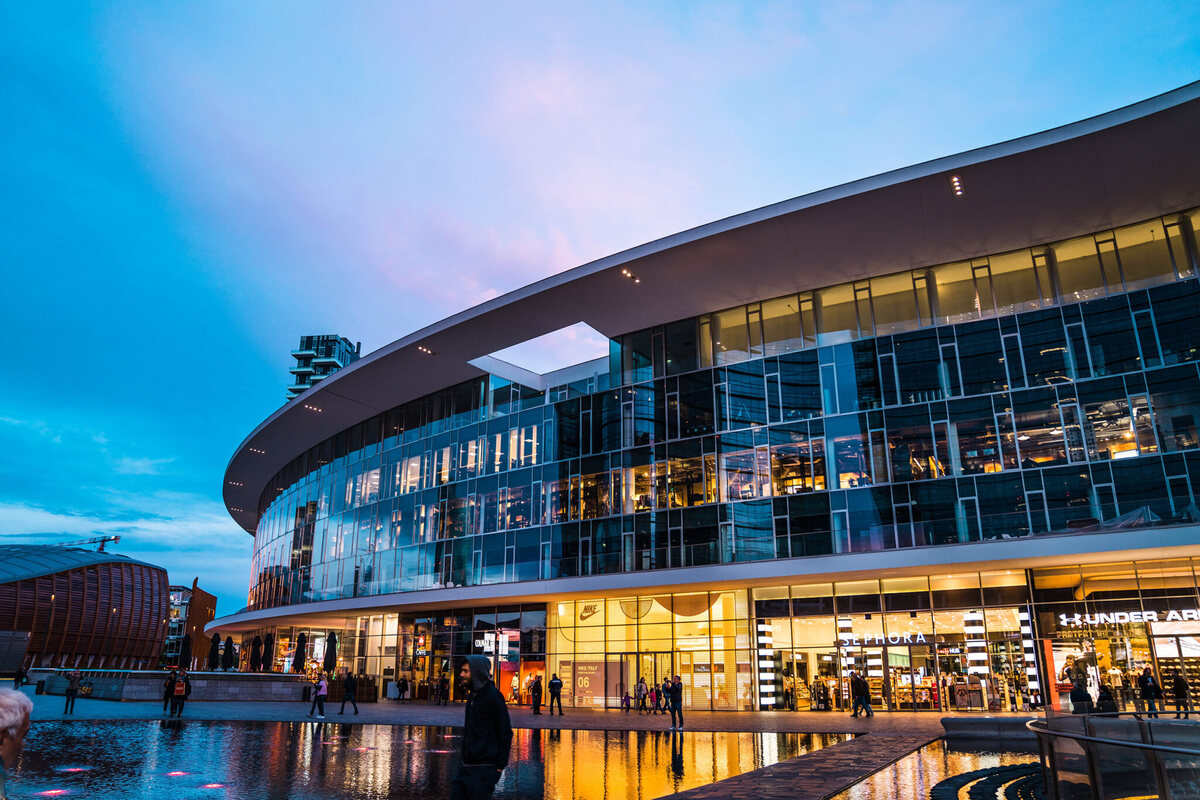
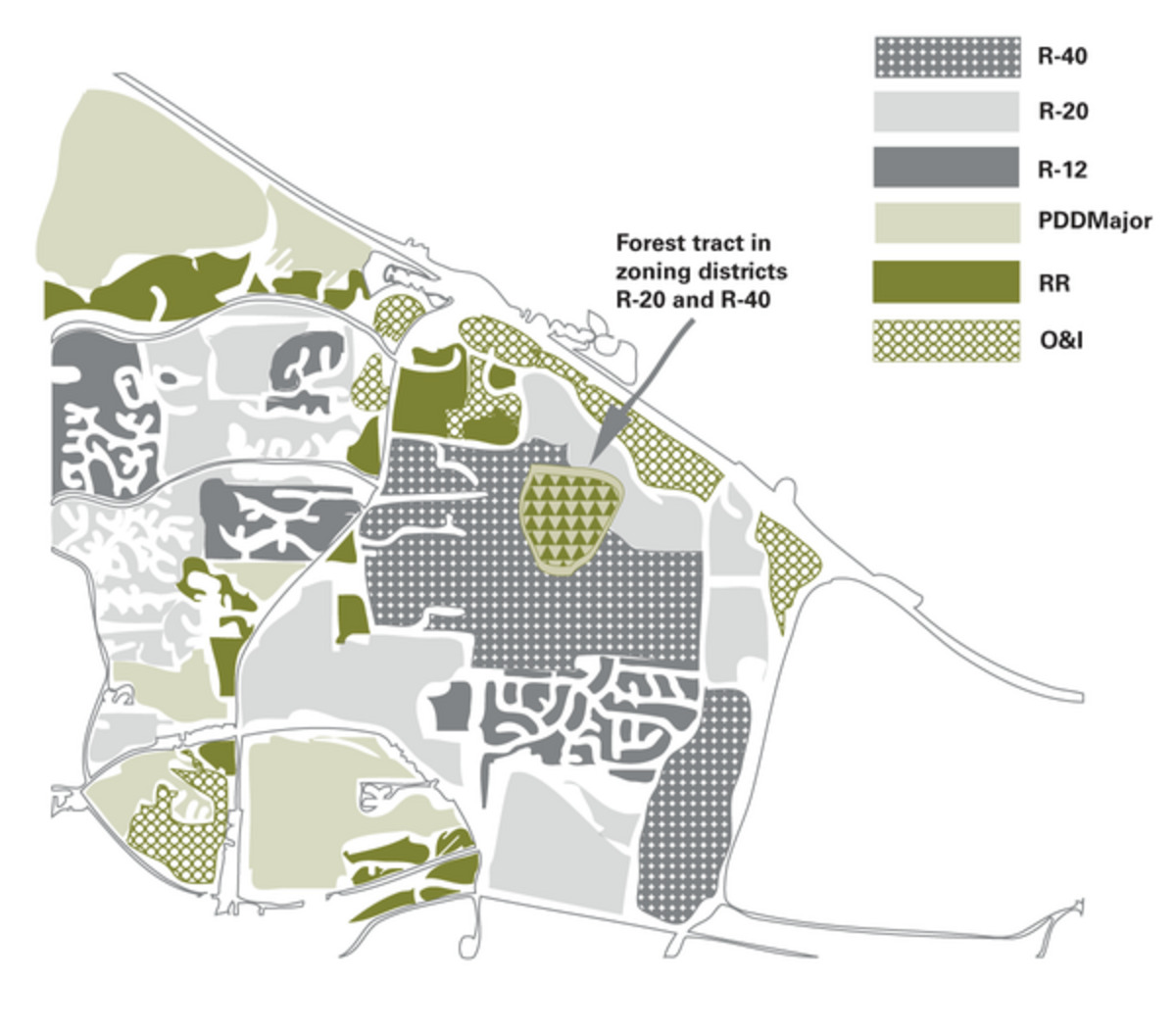
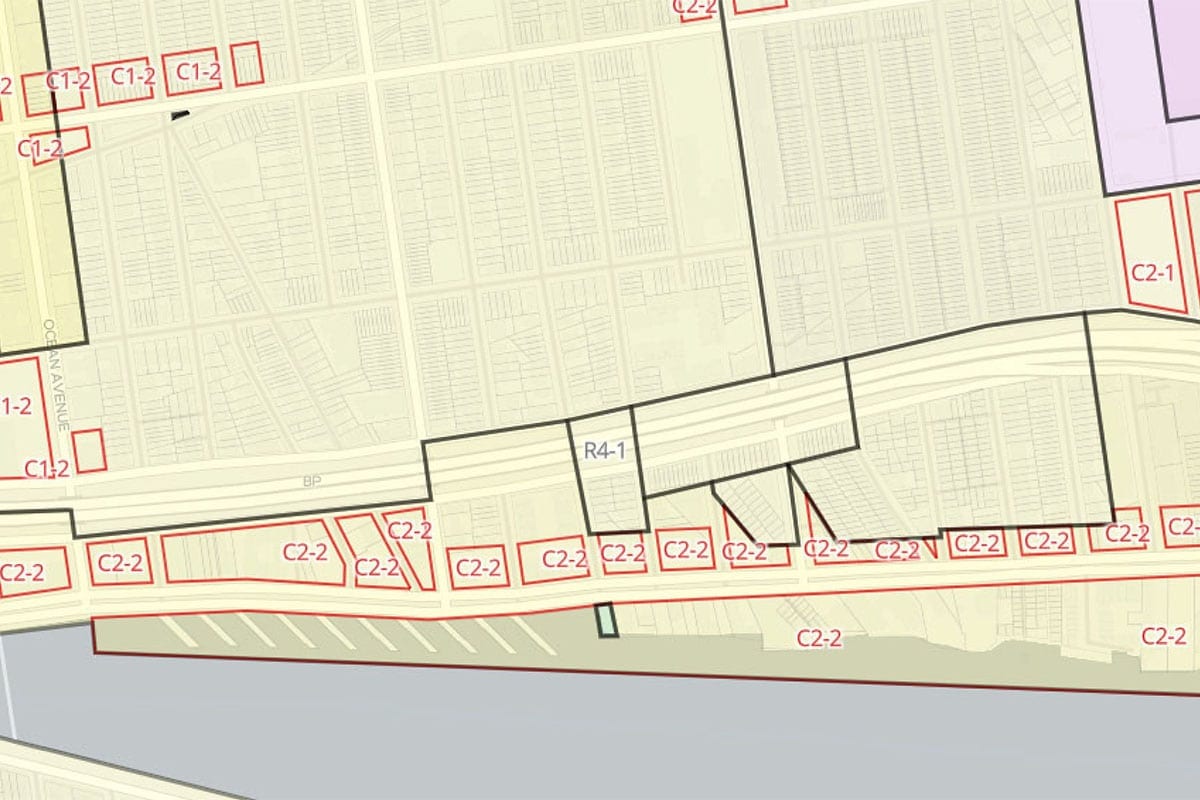
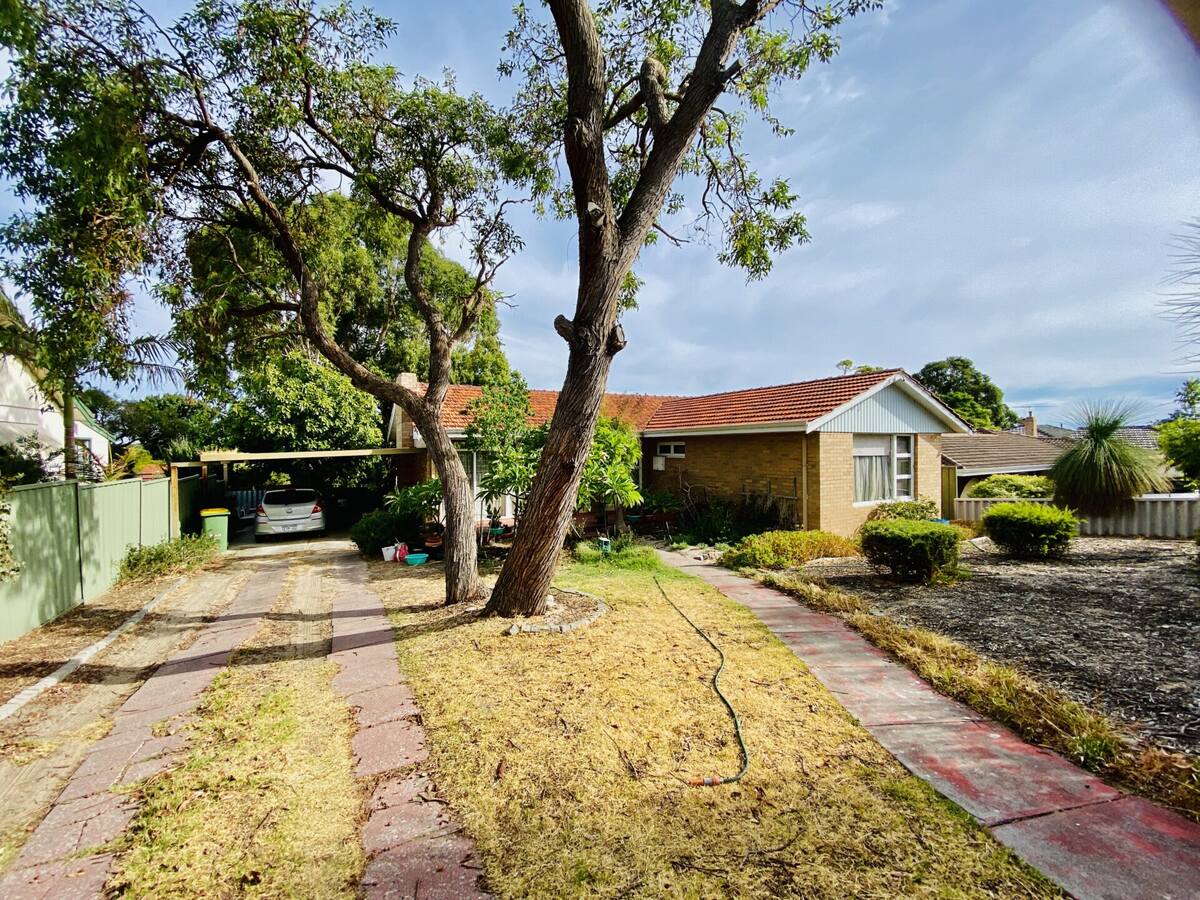
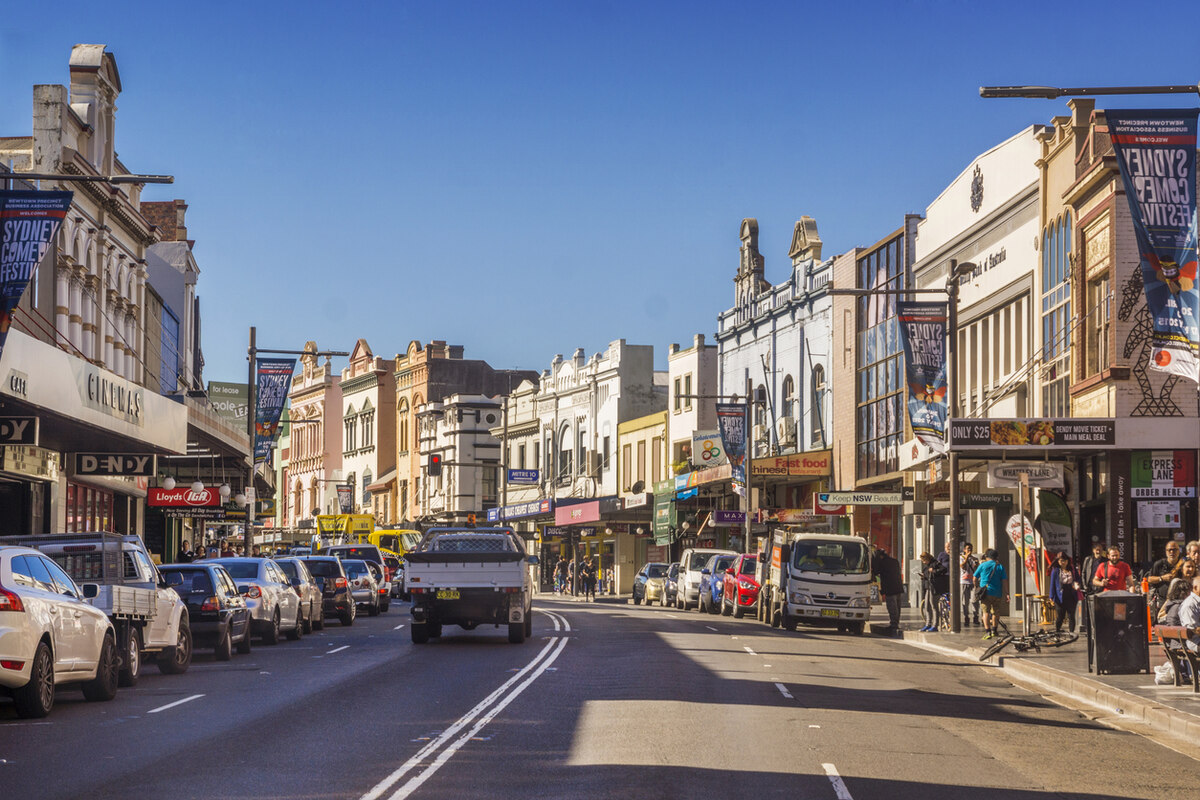
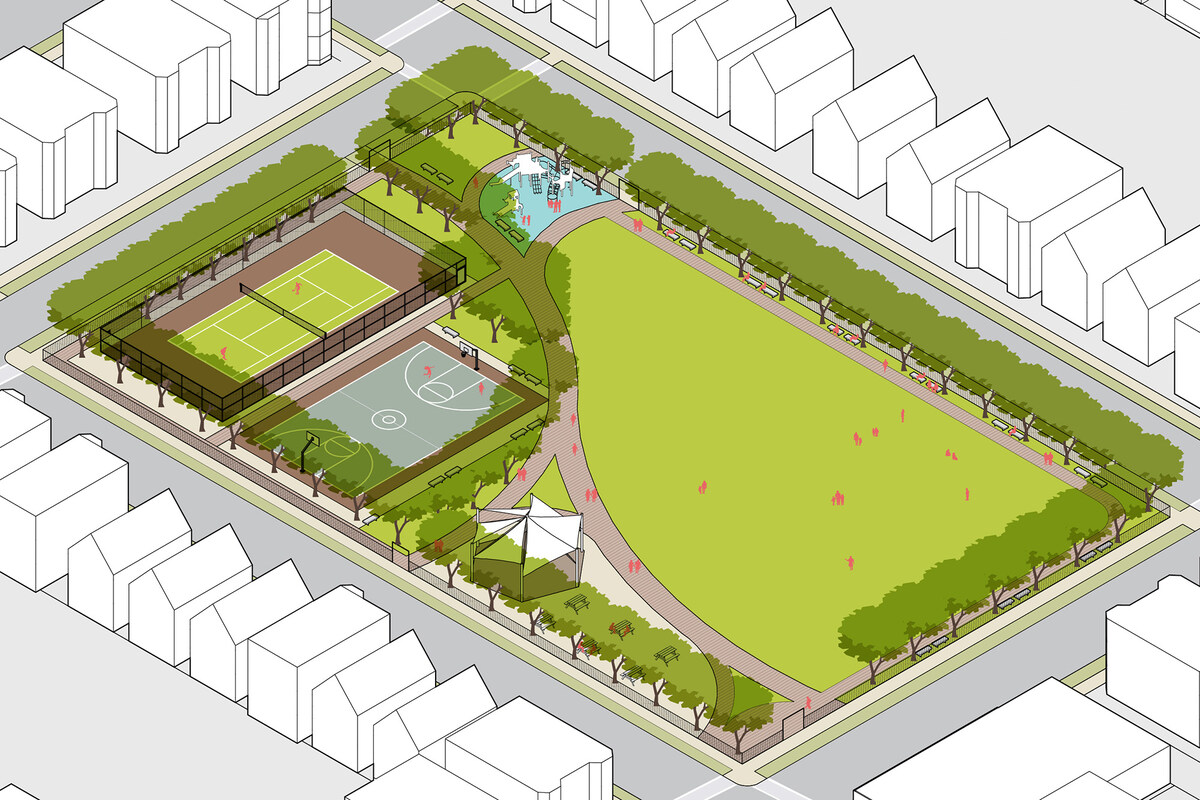
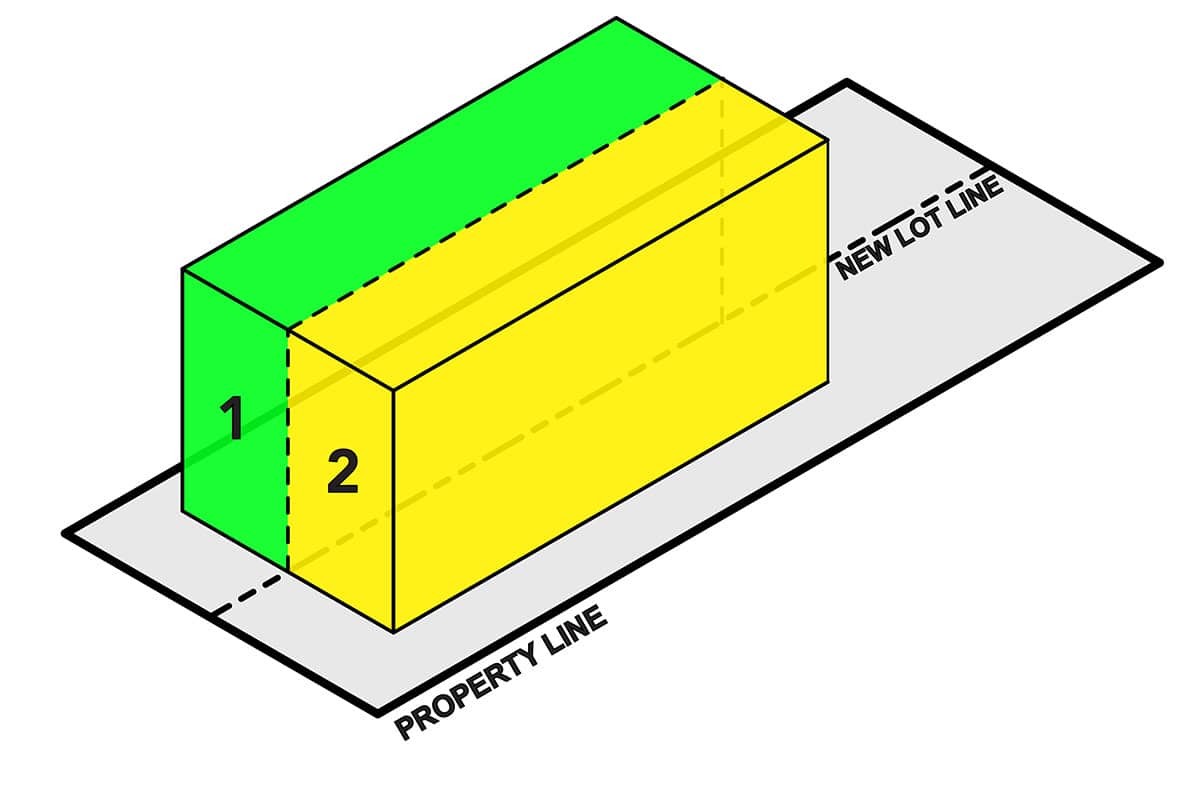
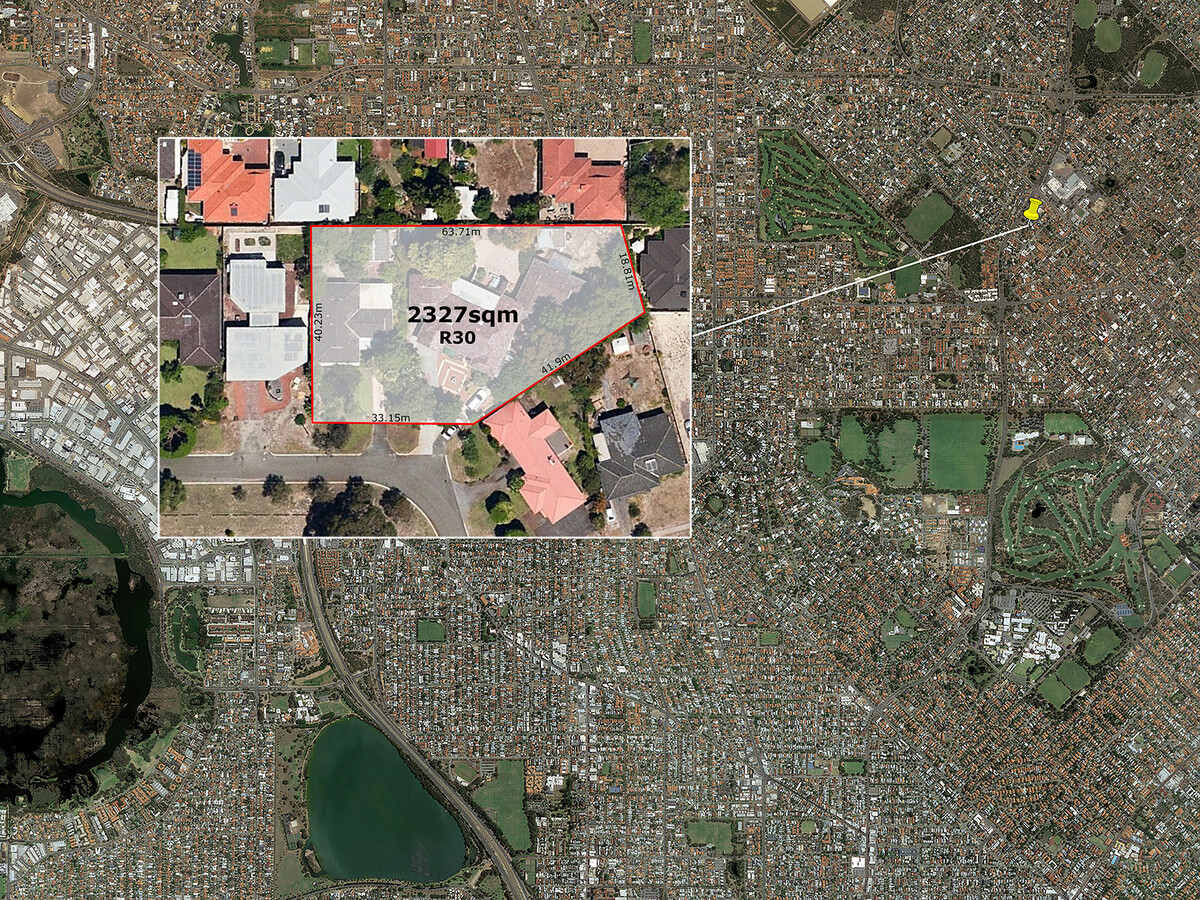
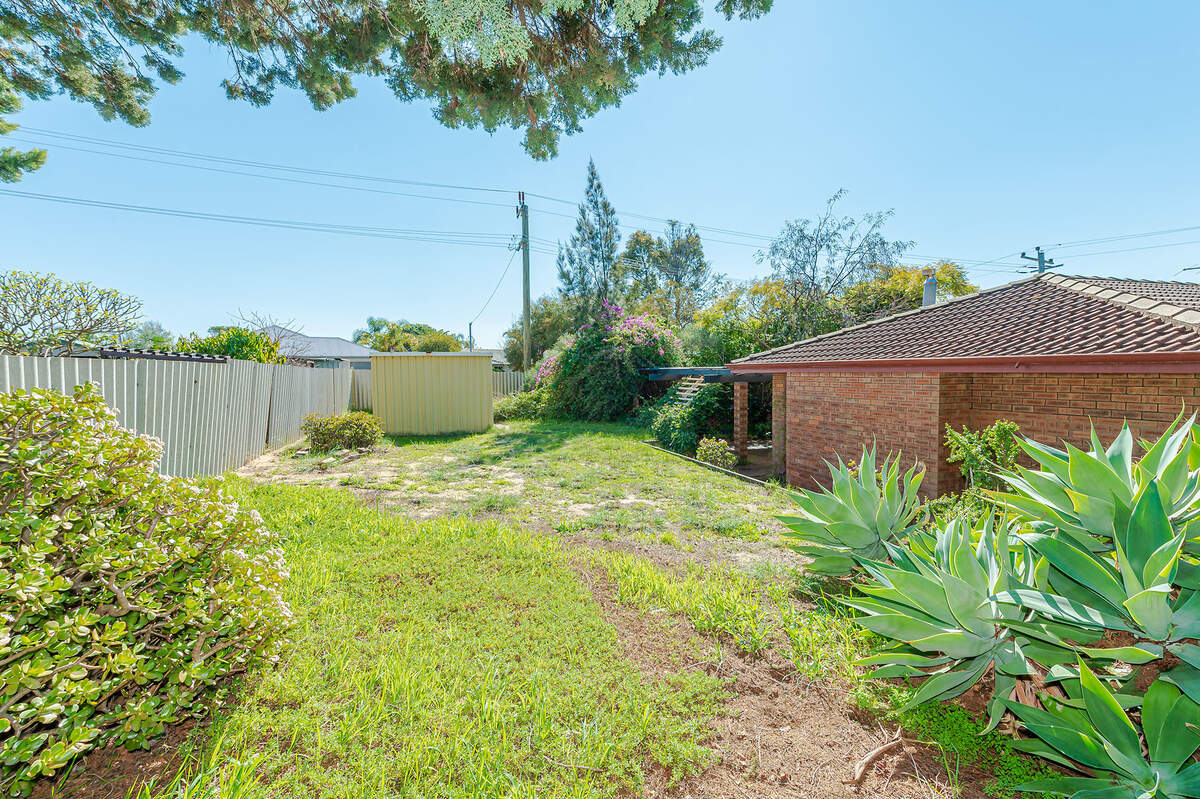

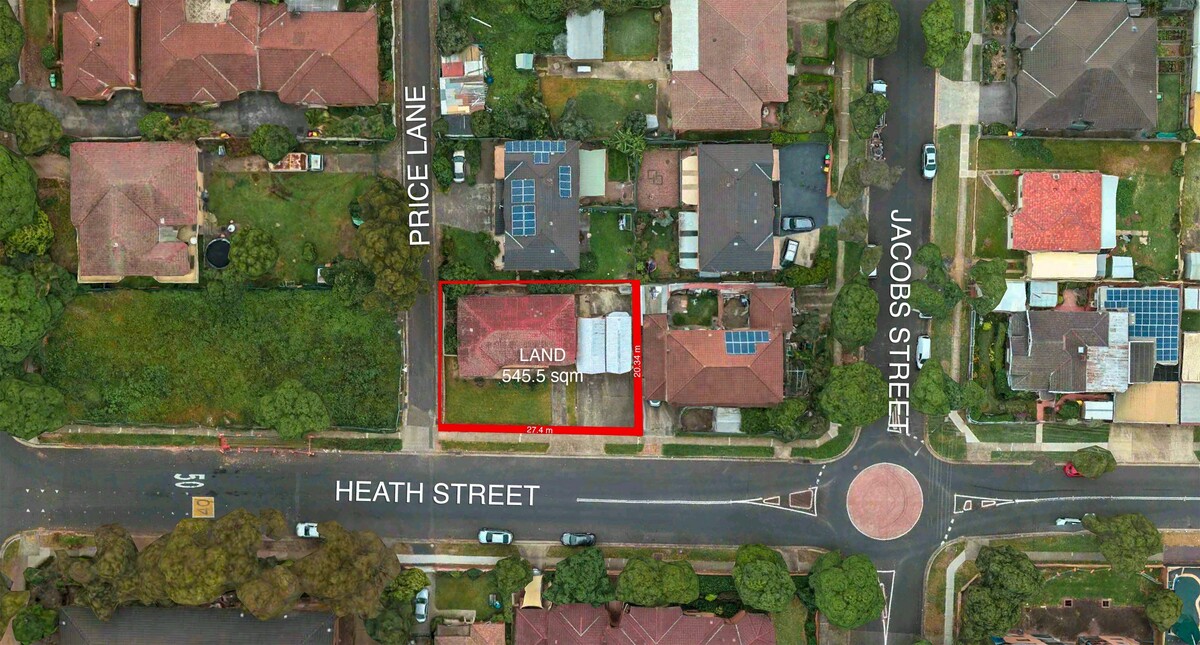
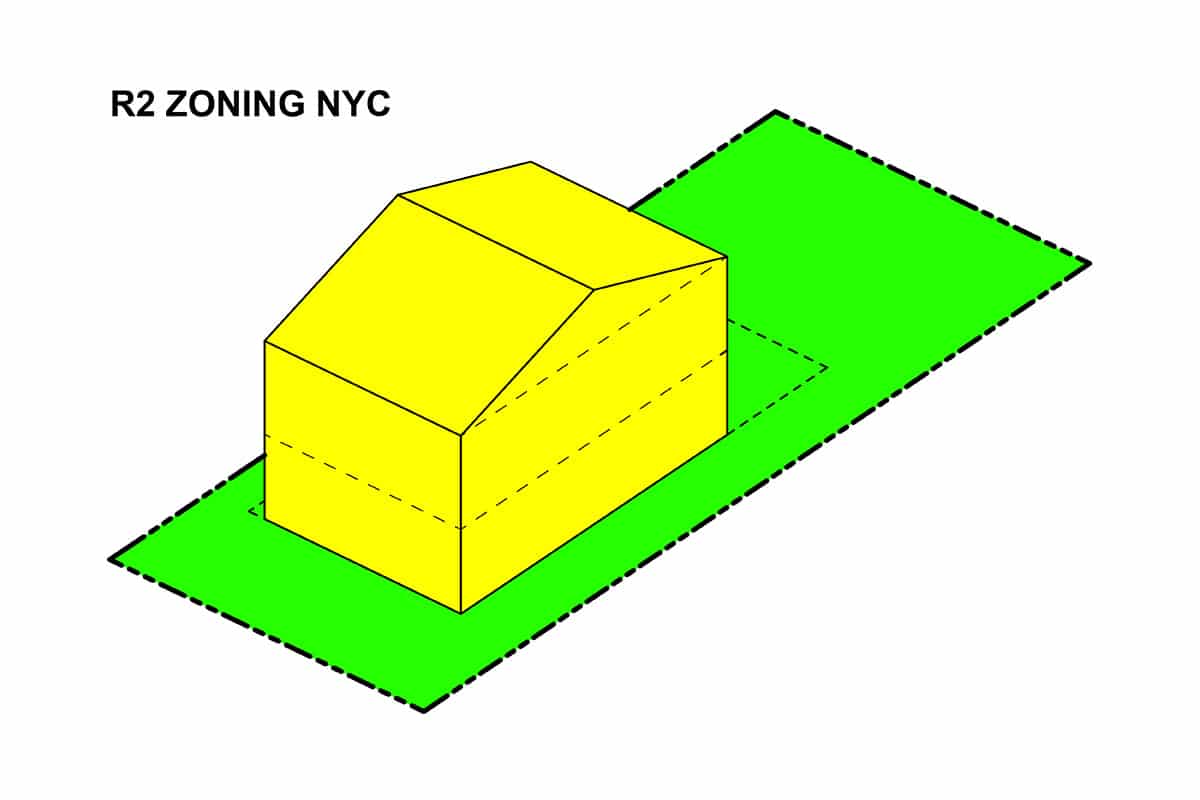

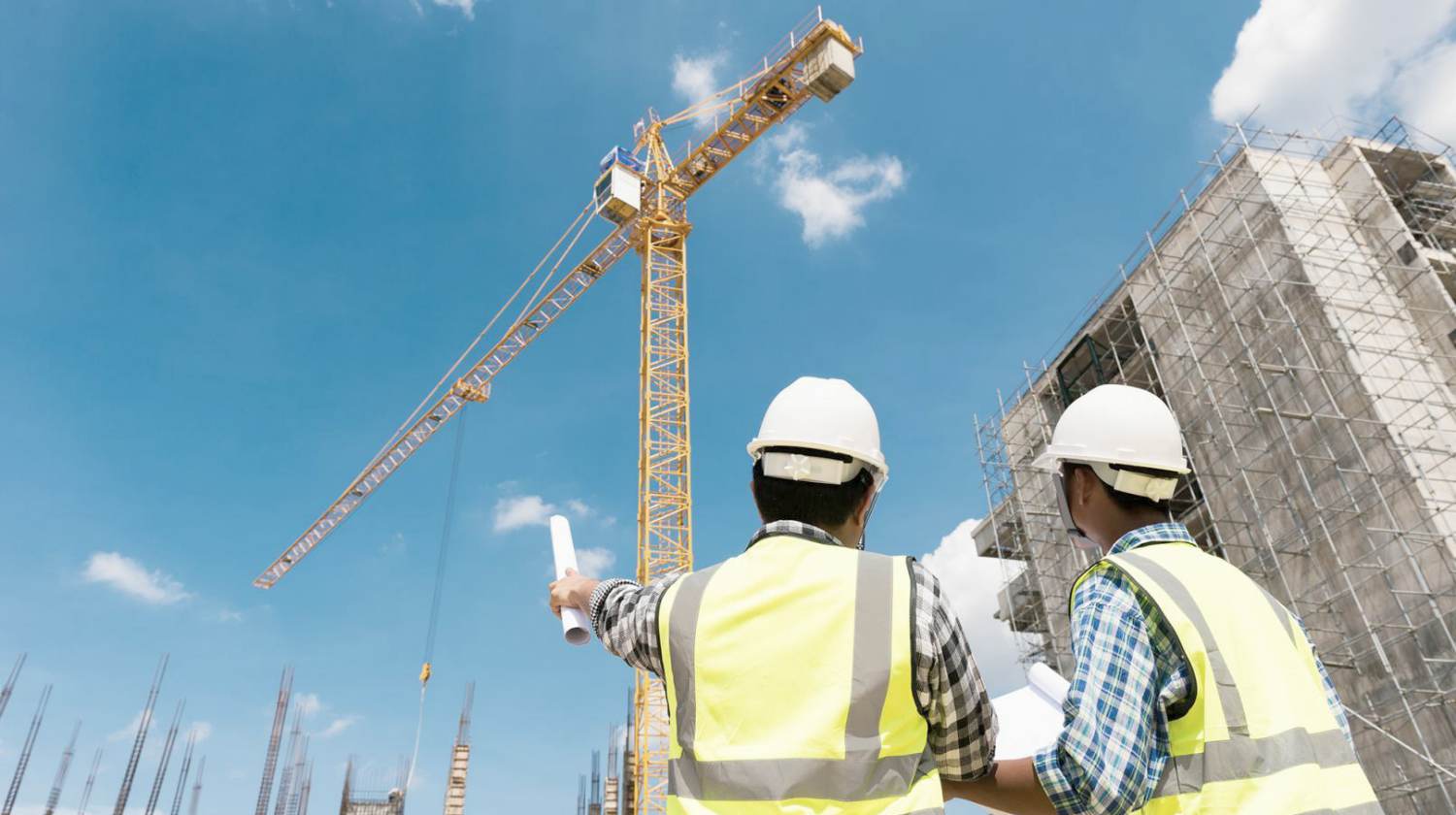

0 thoughts on “What Do Zoning Codes Mean”